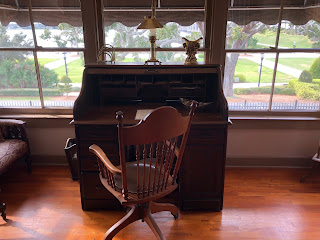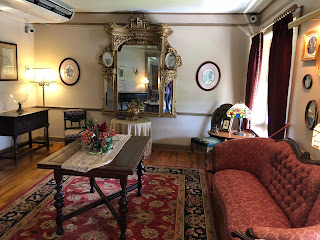Someone wants me to explain why I left her in cold, rainy New York while I was bike riding in 80 degree (27C) Florida sunshine.

Marlee was well cared-for. Mildred, my cat-sitter, even spent time with her on New Year's Eve. But Marlee still wants to know why I get to have all the fun. She's not buying my explanation that I was visiting my parents.
Really, I was...

Marlee was well cared-for. Mildred, my cat-sitter, even spent time with her on New Year's Eve. But Marlee still wants to know why I get to have all the fun. She's not buying my explanation that I was visiting my parents.
Really, I was...


















